These Are The 10 Most Beautiful Colleges I’ve Seen — And 5 That Look Better Online Than In Person
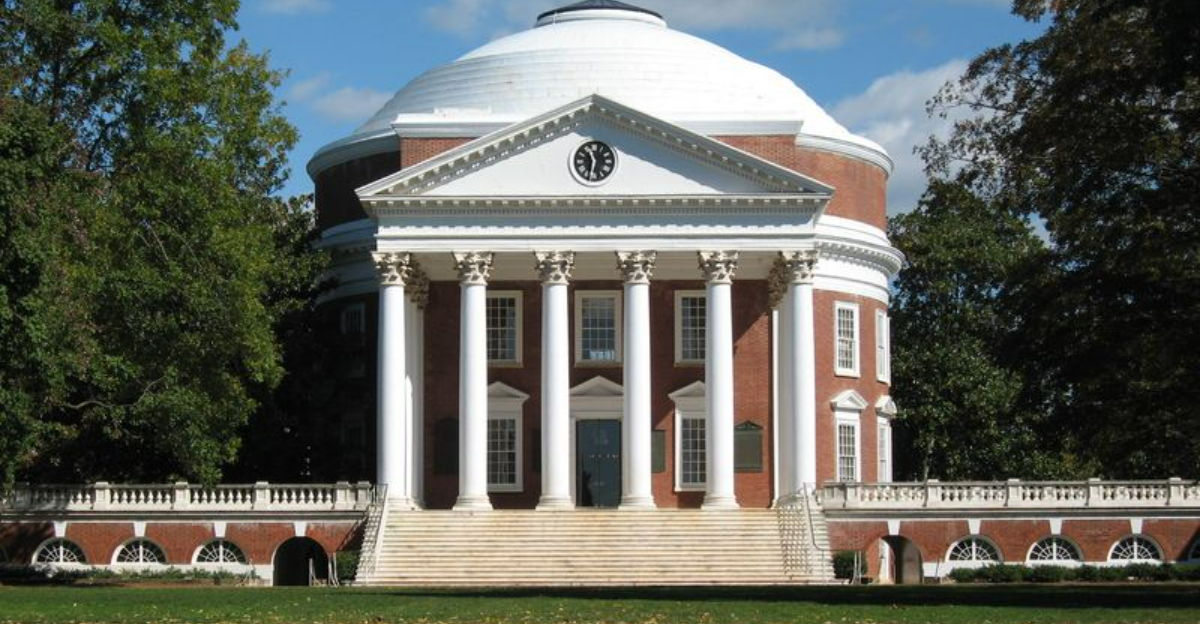
College campuses can be architectural wonderlands that make you feel like you’ve stepped into a fairy tale. I’ve visited dozens of schools across the country and been amazed by stunning gardens, historic buildings, and breathtaking landscapes.
But not every campus lives up to its carefully curated website photos and brochures – some left me genuinely disappointed when I saw them in person.
1. Princeton University’s Gothic Dreamscape
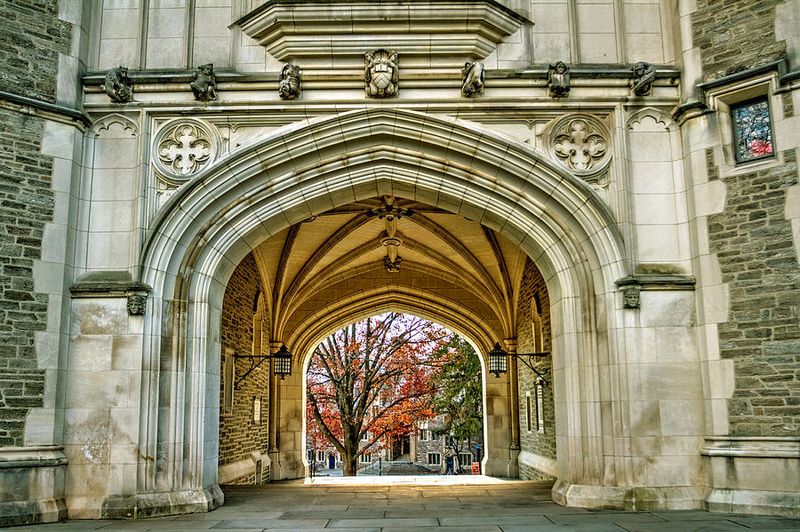
Walking through Princeton feels like being transported to medieval Europe. The ivy-covered stone buildings with their intricate details make me stop and stare every few steps. Students casually study beneath arches that took craftsmen years to perfect.
What makes Princeton special isn’t just individual buildings – it’s how the entire campus creates a cohesive vision. Even modern additions respect the established aesthetic. The gardens and courtyards provide peaceful retreats from academic pressures.
Fall visits are particularly magical when the changing leaves complement the warm stone colors. I’ll never forget watching the sunset turn Nassau Hall’s weathered façade into a glowing amber masterpiece.
2. Stanford University’s Mediterranean Paradise
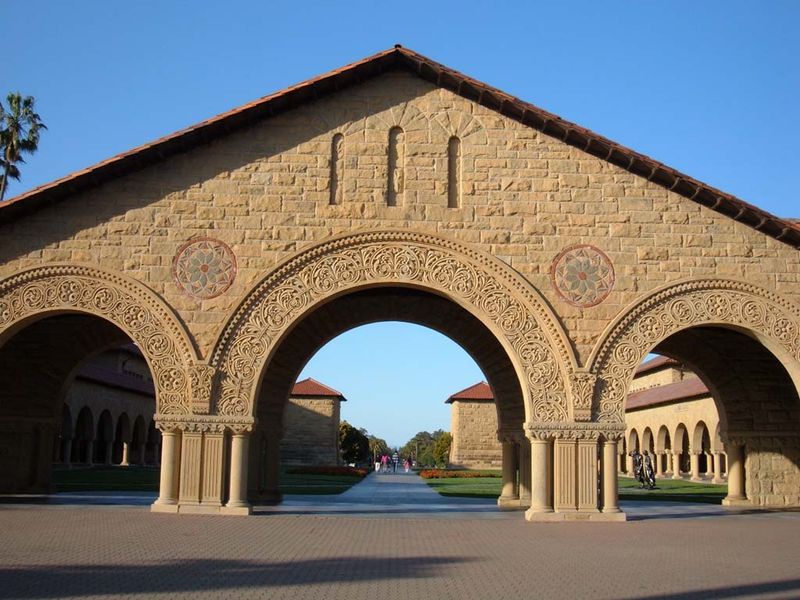
Few places capture California’s golden beauty better than Stanford. The sandstone buildings with terracotta roofs create a perfect contrast against the impossibly blue sky. Palm trees line the wide pathways where students bike between classes.
My favorite spot is the Main Quad, where arched walkways provide shade during hot days. The campus feels both historic and timeless. When the sun hits just right, the whole place glows in a warm, honeyed light that photographers dream about.
Beyond the buildings, Stanford’s sprawling grounds offer rolling hills and unexpected art installations. I could spend hours exploring the outdoor spaces that blend seamlessly with the architecture.
3. University of Virginia’s Jefferson-Inspired Elegance
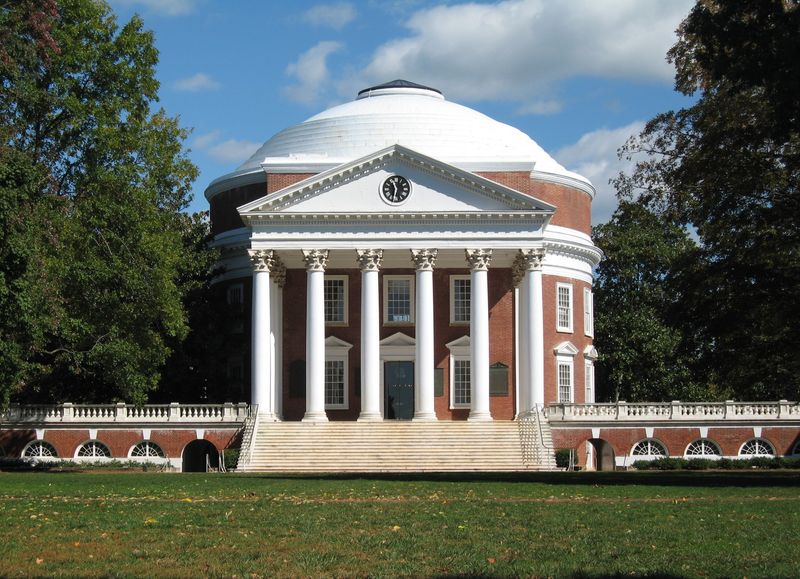
Thomas Jefferson’s architectural vision comes alive at UVA. The famous Rotunda stands proudly at the head of the Lawn, a grassy rectangle flanked by student rooms that haven’t changed much since the 1800s. Something about this place feels deeply American yet classically inspired.
During springtime, dogwood and cherry blossoms frame the columned pavilions. Students study on the steps of buildings that have hosted generations of scholars. The brick pathways have been worn smooth by centuries of footsteps.
History feels tangible here – you can almost imagine Jefferson himself walking the grounds. Despite being over 200 years old, the campus maintains a timeless relevance that few institutions achieve.
4. Wellesley College’s Lakeside Sanctuary
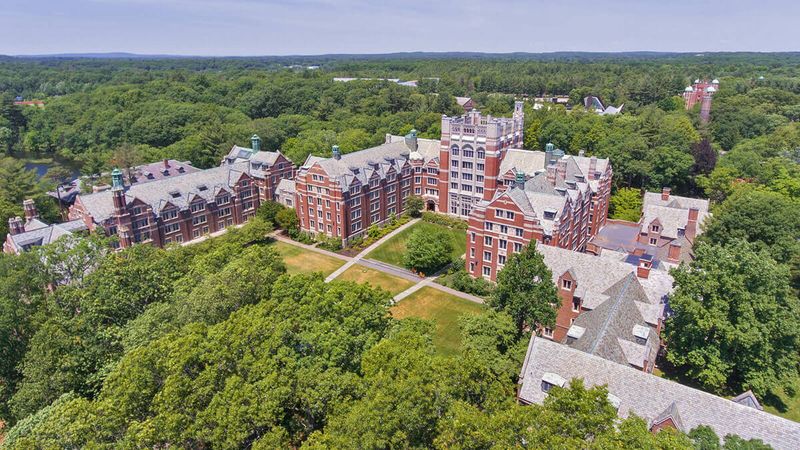
Nestled around Lake Waban, Wellesley’s campus unfolds like a painting. Stone buildings emerge from lush greenery, creating unexpected vistas around every corner. The campus designers clearly understood the power of a dramatic reveal.
My first visit happened during a snowy January, and I was stunned by the quiet beauty. The frozen lake reflected the gothic spires of the chapel, creating a mirror image that seemed almost too perfect to be real. Even in winter’s starkness, the campus felt alive with possibility.
If you visit, don’t miss the botanic gardens and arboretum that integrate seamlessly with academic spaces. Wellesley proves that natural and built environments can enhance each other magnificently.
5. Pepperdine University’s Coastal Marvel
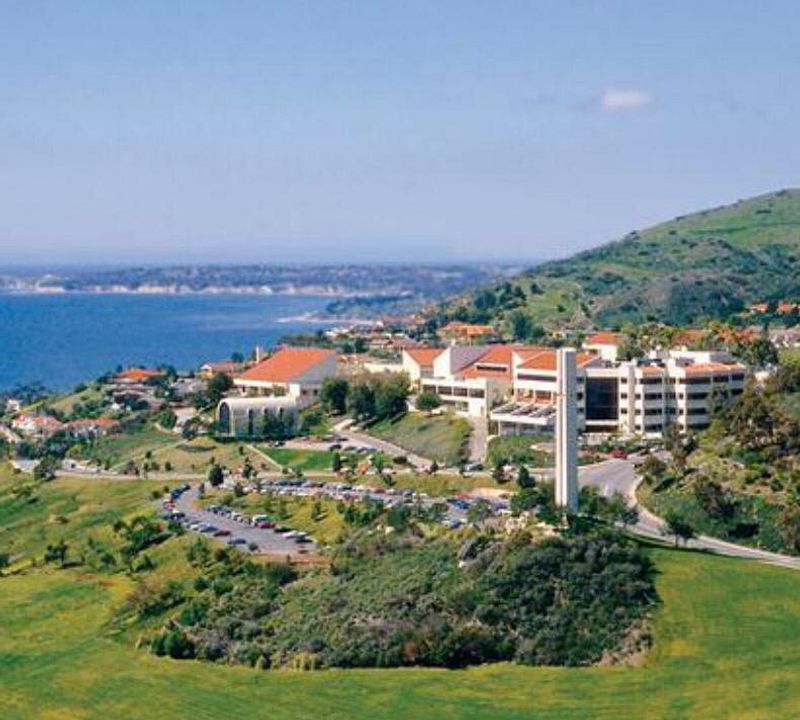
Perched on the hills overlooking the Pacific Ocean, Pepperdine literally takes your breath away. The Mediterranean-style buildings with their white walls and blue tile roofs perfectly complement the ocean backdrop. On clear days, the views extend for miles down the Malibu coastline.
Students here study with the sound of waves in the background. The campus is terraced into the hillside, creating multiple levels that offer increasingly spectacular panoramas. Flowering plants and palm trees add splashes of color to the already vibrant setting.
Sunrise and sunset transform the entire campus into a photographer’s dream. I’ve never seen a more dramatic natural setting for a university – it’s almost unfair to other schools!
6. University of Chicago’s Gothic Revival Grandeur
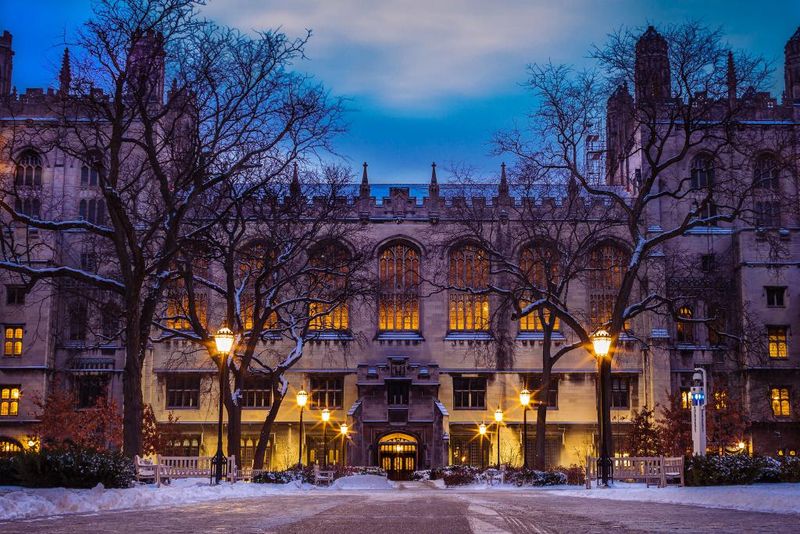
Chicago winters may be brutal, but they showcase this campus beautifully. Snow dusts the limestone towers and gargoyles, creating a scene straight from a fantasy novel. The quadrangles feel like secret cloisters hidden from the surrounding city.
What impressed me most was the consistency of the architecture. Each building feels connected to the next through shared design languages. The interiors are equally stunning – wood-paneled libraries with stained glass windows create study spaces that inspire deep thinking.
Harper Library particularly stands out with its soaring reading room. Students work beneath ornate ceilings that remind me more of a cathedral than a university. Even after multiple visits, I still discover new architectural details.
7. Berry College’s Expansive Natural Wonder
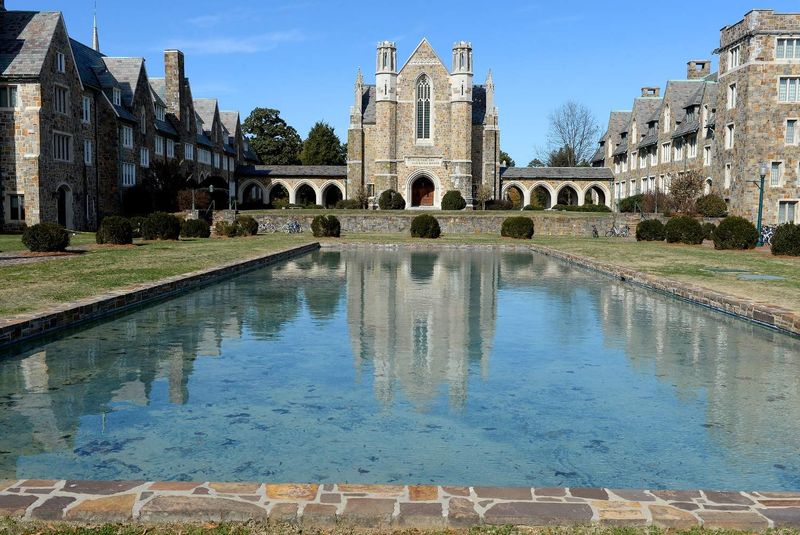
Most people haven’t heard of Berry College, but its campus is mind-blowing. Spanning over 27,000 acres, it’s the largest contiguous college campus in the world. Deer roam freely across the grounds, sometimes wandering right past classroom buildings.
The main academic buildings feature English Gothic architecture in pink-tinted granite that glows beautifully at sunset. Miles of hiking trails wind through forests and fields. Students here can literally go horseback riding between classes at the college’s equestrian center.
Berry’s reflective lakes and mountain views create postcard-worthy scenes in every direction. The famous Ford Buildings with their stone archways and clock tower anchor the campus visually, while nature provides an ever-changing backdrop throughout the seasons.
8. Cornell University’s Gorge-ous Setting
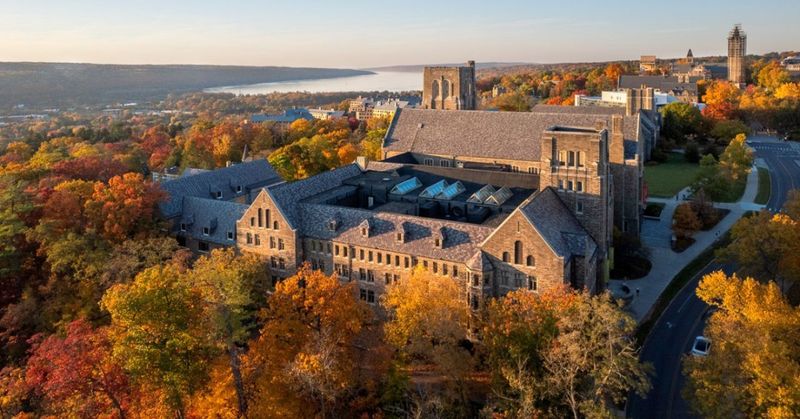
Cornell proves that dramatic natural features can define a campus as much as buildings do. Two deep gorges with cascading waterfalls cut through the grounds, creating a dynamic landscape unlike any other university I’ve visited. Stone bridges arch over these ravines, connecting different parts of campus.
The architecture spans multiple eras and styles, from collegiate gothic to modern glass structures. Somehow, the variety works because of how the buildings interact with the terrain. My favorite spot is the slope – a steep hill where students gather with views of Cayuga Lake stretching into the distance.
Autumn transforms Cornell into a riot of red and gold foliage. The combination of fall colors, gorges, and historic buildings makes this Ivy League campus truly unforgettable.
9. Flagler College’s Gilded Age Opulence
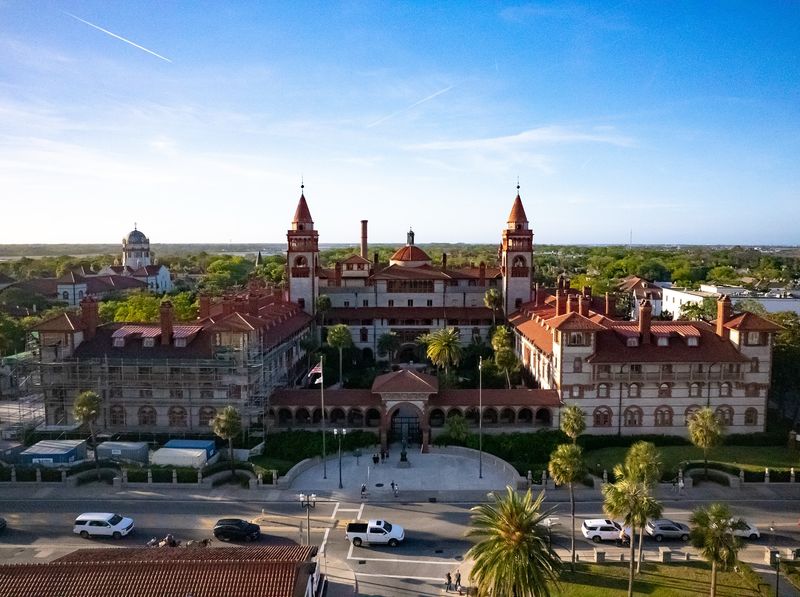
Imagine attending college in a former luxury hotel built by railroad magnate Henry Flagler. That’s exactly what students at Flagler College experience. The main building, the former Ponce de León Hotel, is a Spanish Renaissance masterpiece with Tiffany stained glass and hand-painted murals.
Located in historic St. Augustine, the campus blends seamlessly with America’s oldest city. Students dine beneath ornate chandeliers in a ballroom that once hosted America’s wealthiest families. The courtyard features a fountain surrounded by palm trees and Spanish moss.
Unlike purpose-built campuses, Flagler feels like an elegant resort from another era that happens to house classrooms. The golden-hued coquina stone exterior glows in the Florida sunshine, creating a warm, inviting atmosphere year-round.
10. Sewanee: The University of the South’s Enchanted Forest
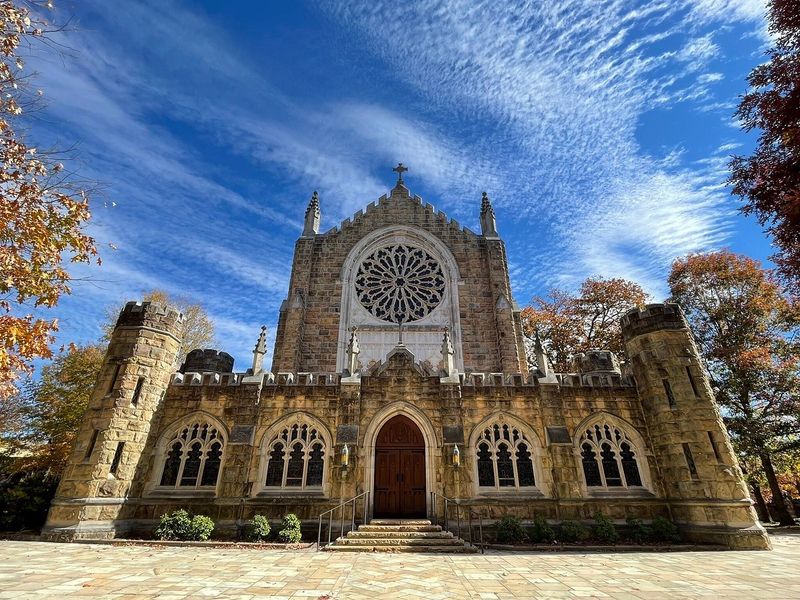
Hidden on Tennessee’s Cumberland Plateau, Sewanee feels like discovering a secret medieval village in the woods. Gothic stone buildings emerge from misty forests, creating an almost mystical atmosphere. The entire campus sits on 13,000 acres known as “The Domain.”
All Saints’ Chapel anchors the campus with its soaring spires and stained glass. Hiking trails lead to stone gates and crosses that mark the boundaries of this unique place. During morning fog or evening twilight, the campus takes on an ethereal quality that’s hard to describe.
Students here develop deep connections to the land. Traditions like walking the perimeter of the Domain create a sense of place that extends beyond the buildings themselves. Sewanee combines natural beauty with architectural harmony in a truly magical way.
11. New York University’s Urban Illusion
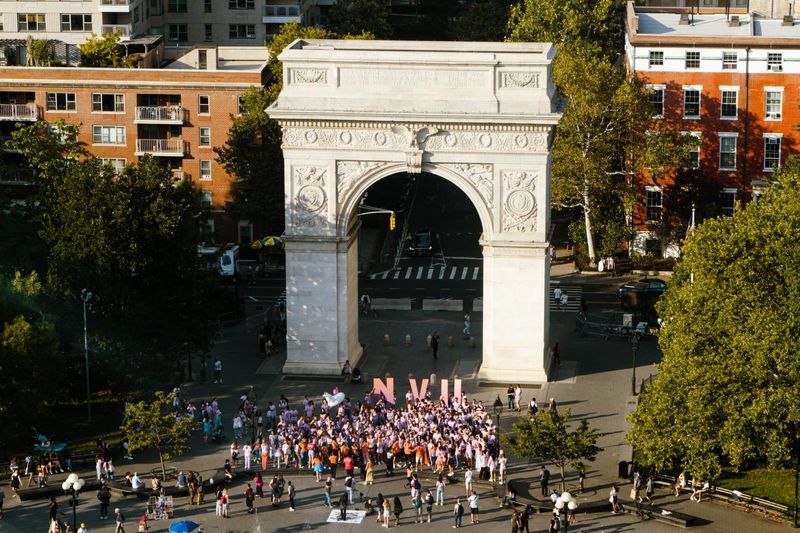
NYU’s marketing materials show a leafy Greenwich Village campus centered around Washington Square Park. In reality, it’s a collection of buildings scattered throughout busy Manhattan neighborhoods with no clear boundaries. My first visit left me confused about where the “campus” actually was.
The iconic purple NYU flags mark university buildings, but they’re mixed between apartment complexes, restaurants, and retail spaces. Students cross busy streets with honking taxis to get between classes. The park serves as the heart of campus but is shared with tourists, street performers, and local residents.
While NYU offers an authentic urban experience, it lacks the cohesive campus feel suggested by promotional photos. The reality is much more fragmented and chaotic than the curated images suggest.
12. University of California, Los Angeles’ Cramped Reality
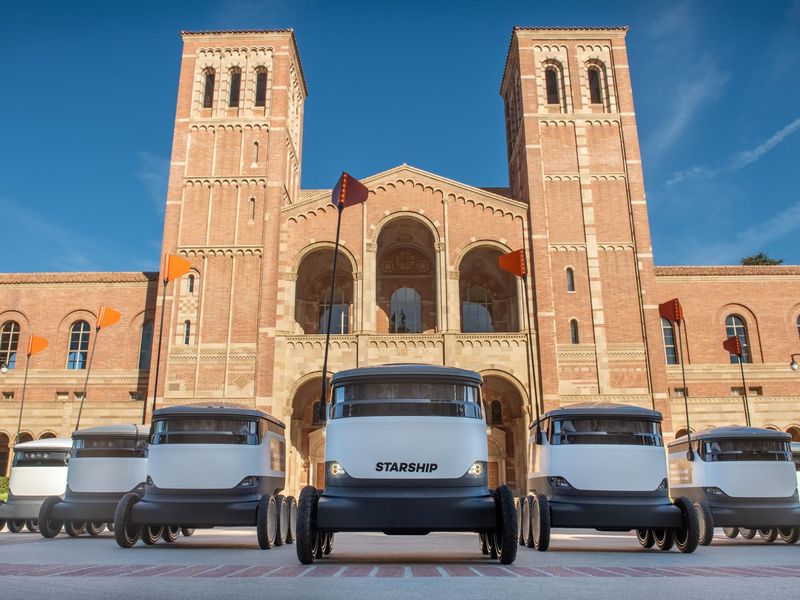
UCLA’s perfectly angled photos hide how densely packed the campus actually is. While beautiful Royce Hall and Powell Library create a picturesque core, much of the campus feels overcrowded and concrete-heavy. The stunning aerial shots mask the daily experience of navigating this busy urban university.
During my visit, I was surprised by how little green space there was compared to what I’d seen in promotional materials. Carefully cropped images don’t show the massive parking structures and medical complex that dominate large portions of campus.
Students rush through congested walkways between classes, creating a hectic atmosphere. The famous Janss Steps offer a rare open space, but they’re often so crowded with people that the serene quality shown in brochures is rarely experienced in person.
13. University of Miami’s Filtered Paradise
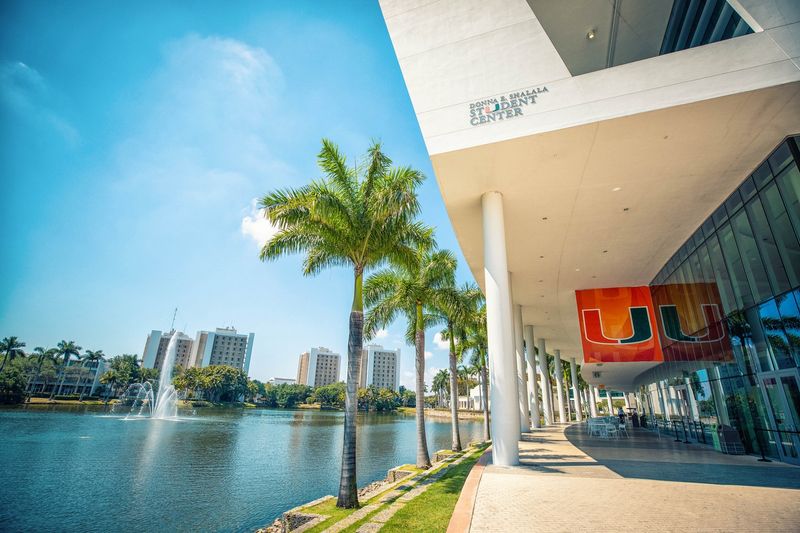
Miami’s promotional photos show a tropical paradise with palm-lined lakes and Mediterranean buildings bathed in perfect lighting. The reality? Many areas feel more like a concrete office park with palm trees added as afterthoughts. Heavy filters and selective angles create an idealized version that doesn’t match the full campus experience.
The famous lake at the center of campus looks smaller and less impressive in person. Many buildings have a utilitarian quality that isn’t captured in the carefully curated viewbook images. During my visit, construction projects disrupted the peaceful atmosphere suggested by promotional materials.
While parts of campus are certainly attractive, the overall experience doesn’t match the cohesive tropical resort vibe portrayed online. The disconnect between expectation and reality was one of the largest I’ve experienced.
14. Temple University’s Misleading Urban Oasis
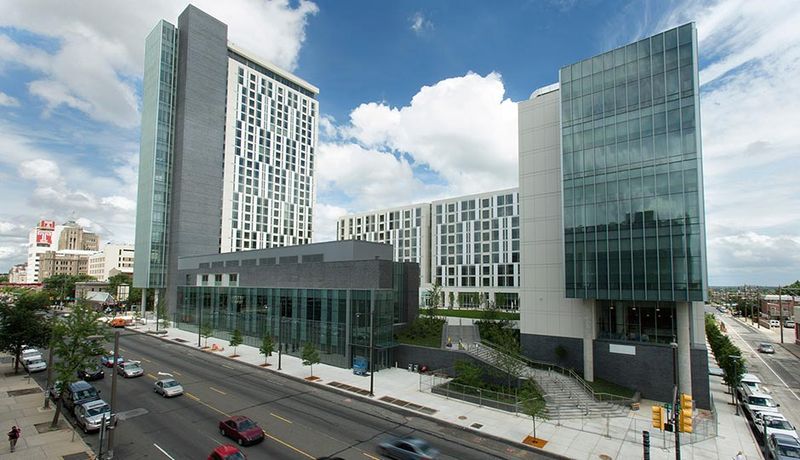
Temple’s marketing materials suggest a green urban oasis in Philadelphia. Carefully framed shots show modern buildings with landscaped quads and happy students lounging on grass. My visit revealed a much different reality – a campus that blends indistinguishably with some of Philadelphia’s most challenging neighborhoods.
The actual green spaces are limited and fragmented. Security concerns are evident with the visible presence of campus police and emergency call boxes. Many buildings face directly onto busy city streets rather than the protected quads shown in brochures.
While Temple offers valuable educational opportunities, the campus atmosphere differs dramatically from what’s portrayed online. The selected angles in promotional materials omit the urban challenges that define the daily student experience at this city university.
15. Arizona State University’s Desert Disconnect
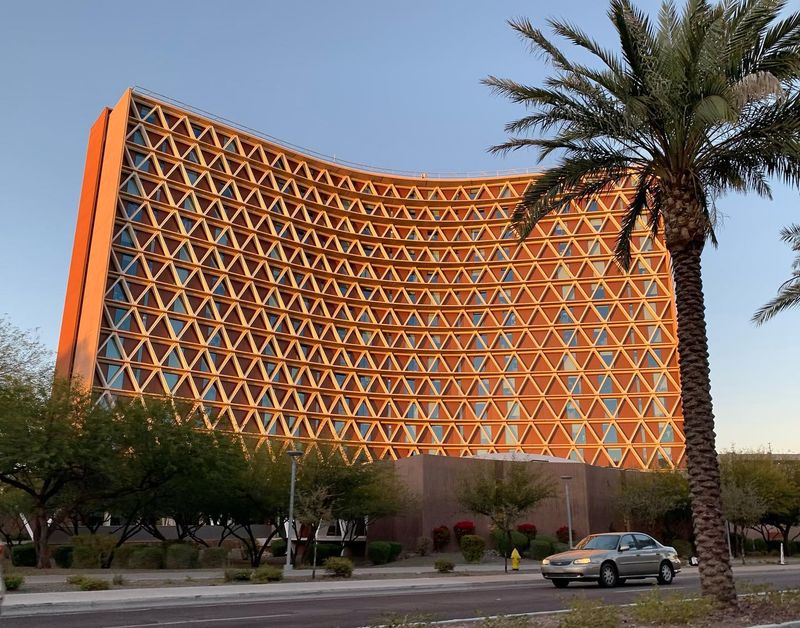
ASU’s marketing showcases palm-lined paths and oasis-like spaces in the desert. The reality of the massive Tempe campus feels more industrial and corporate than the intimate learning environment suggested online. With over 70,000 students, the human scale gets lost in a sea of concrete.
Summer visitors experience the harsh reality of 110+ degree heat radiating off expansive hardscaped areas. The promotional materials don’t capture how challenging it is to walk between distant buildings in the desert sun. Air-conditioned tunnels between some buildings exist for good reason!
While certain areas like Palm Walk offer attractive visuals, they represent a small percentage of the overall campus experience. The university’s enormous size creates an institutional feel that’s difficult to convey in carefully selected marketing images.
